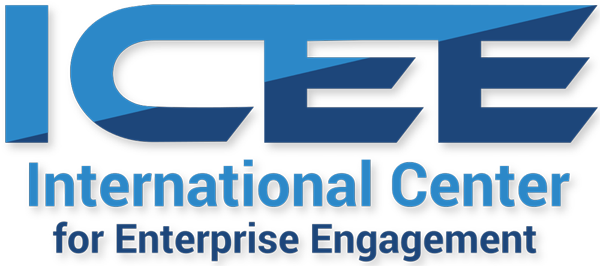Impact Evaluation
Do your leadership, culture, incentive, recognition, loyalty, motivational event, and other engagement strategies create tangible value? Today, basic human capital analytics and total quality management processes, technology, and standards make it surprisingly easy and inexpensive to find out.
ICEE provides a third-party assurance of impact evaluation using the following processes for those organizations seeking a completely independent view. These same processes can be accessed by any solution providers and professionals in the Enterprise Engagement Alliance community of trained professionals using the PVIC or equivalent technologies, or others knowledgeable in human capital and stakeholder analytics. Click here for a one-page proposal that provides more details.
Step 1. Process evaluation. The transparent process begins with a complimentary assessment meeting to ensure the elements are in place for a successful outcome. This includes establishing the clear purpose, goals, objectives, and values of the strategy or tactic being evaluated; the availability of related data, and the issues involved with exporting it for evaluation.
Step 2. Data collection. Upload the data into the PVIC (People Value Impact Calculator) to track and correlate all data in a manner transparent to all authorized users. The system is set up to accept and track data over time using ordinary Excel spreadsheets.
Step 3. Outcome and impact evaluation. Using the software, visualize the data not only against the purpose, goals, and objectives of the process but look for correlations between the various factors over time when possible.
Step 4. A formal impact report. What actually occurred based on the purpose, goals, objectives, and values of the strategy or tactic, not only in financial terms but also the other goals and objectives of the effort. This can often include a financial return on investment as well as a broader evaluation of the impact. ICEE draws upon very common employee, customer, channel partner or data available in almost any customer or employee relationship or human resources management systems. Using common ISO or related standards, the process independently calculates the actual impact of the sales or non-sales employee, customer, distribution partner, supply chain or community partner engagement strategy or tactics.
These can include the development of human capital or customer ROI and value add calculations potentially predictive of future performance.
